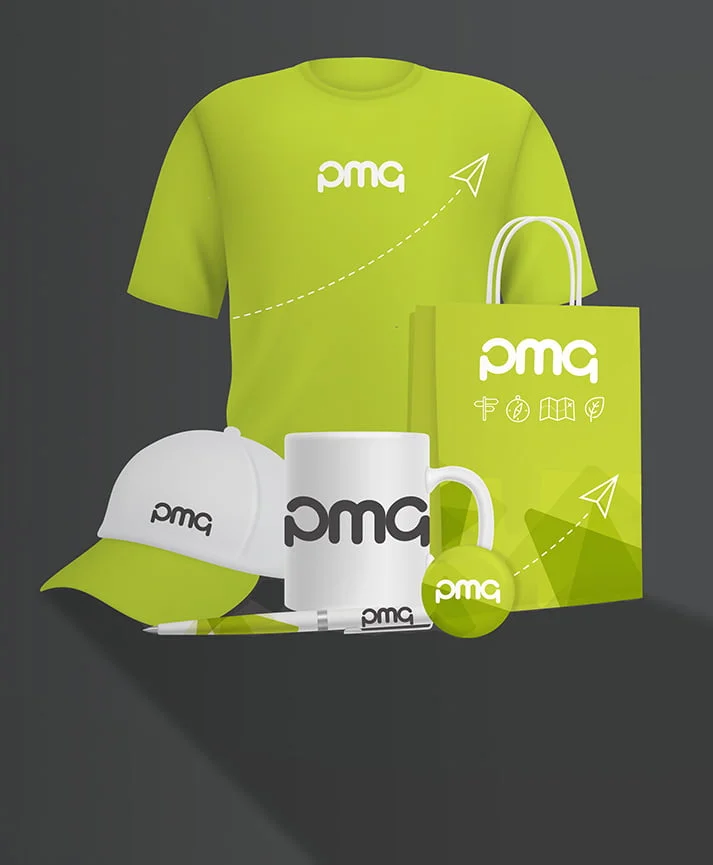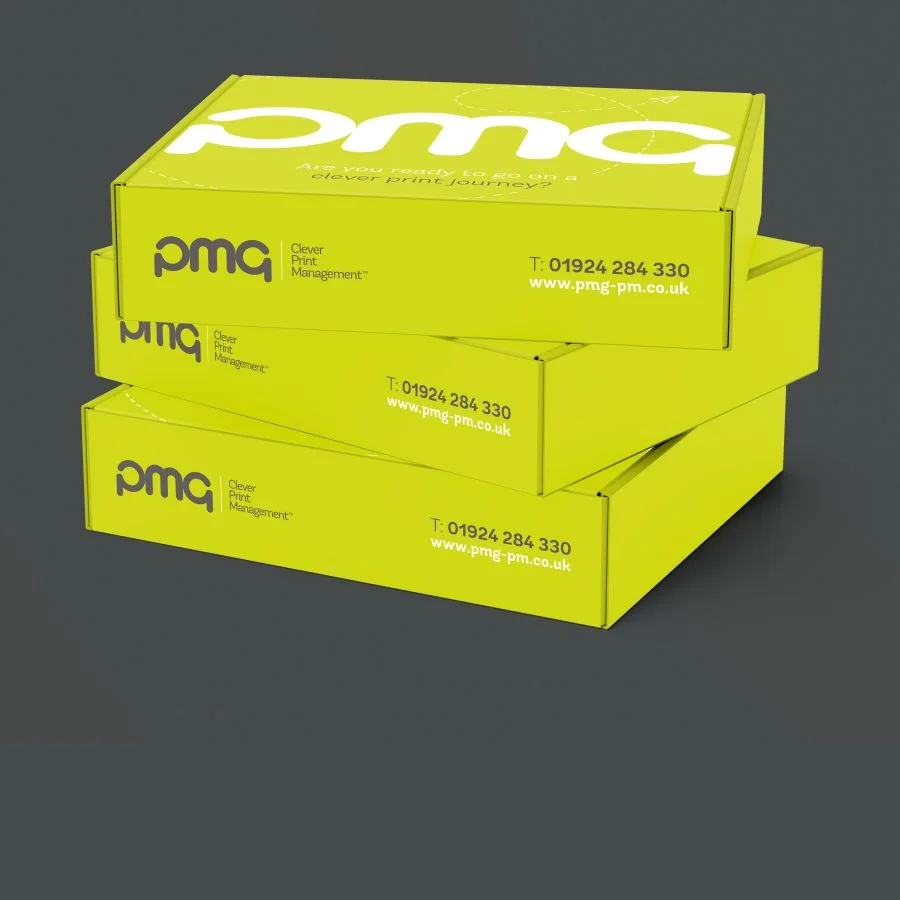
All types of media are prone to the occasional disaster, and print is no different. Even when using your home printer, you’ll inevitably have experienced the black ink cartridge running out just as you were trying to print the first page of an important document, or your machine deciding to chew up your last sheet of A4 instead of printing a file. While the technology used for commercial printing is very different to your standard home inkjet printer, print disasters do still occur at the business level – and these disasters cost plenty more than a quick drive to Staples or PC World.
Ideally, your business will have created a thorough disaster contingency plan for each and every print job, but in practise very few companies have the time or resources to devote to such plans. That’s where a print management company comes in.
#1: Learning the language
If you work with a print management company, you don’t need to become fluent in the language of print – we’ll translate everything you’re not sure about. Without a print management company, it’s important to be aware of the various processes that are involved so you can anticipate potential problems with distribution, storage or printing itself. Familiarise yourself with the concept of pre-flighting in print, and speak to your suppliers about compatibility issues before you send off the files.
#2: Have a list of alternative suppliers
If you use a print management company, they should have a list of alternative printers that will be able to deliver your print run, when necessary. If you don’t have a print management company, you should build up a list of alternative printers for yourself. This may take some time, and you’ll need to ask smart questions about lead times and delivery, but it’ll certainly be worth it.
#3: Save some money
Many suppliers will be able to offer you at least partial refunds if something goes wrong, but you may not receive this immediately – and it’s often the case with print disasters that you need an immediate solution. Keep a portion of your budget aside to deal with print disasters when they arise. If you use a print management company, you’ll need to keep less money aside as they’ll be able to secure you great print deals even at short notice.
#4: Keep stock separate
If a fire or a flood destroys your newly printed stock, your print marketing plans may be completely ruined. It’s important to keep some of your print stock separately if you plan to store it for any length of time. Your print management company should be able to store backup stock at their premises that can be quickly shipped out to you when required, meaning that you don’t need to worry about managing print storage at all.
#5: Print more than you need
Technical errors might cause some of the prints to become damaged or illegible, or some may be damaged during delivery. Printing surplus stock is always a sound idea if you are able to do so. A print management company’s built-in contingency plan will also cover this.
Responding to disasters
If you’ve taken the above steps, the effects of any print disaster will be significantly reduced. However, perhaps the most important response to a print disaster is good communication – between colleagues at your business, between you and the supplier, and, where necessary, between you and your client or customer. Ensure that you know who to contact if something goes wrong, and who can help you fix it. Print disasters needn’t cripple your company. By taking a few simple steps to modify your approach to print, you can prevent disasters from occurring and drastically reduce their impact.
Print management companies provide great assistance throughout the print process, including via built-in disaster contingency plans. If you’d like to avoid taking these time-consuming steps to prevent print disaster, a print management company can help.
Give us a call to learn more.
















































